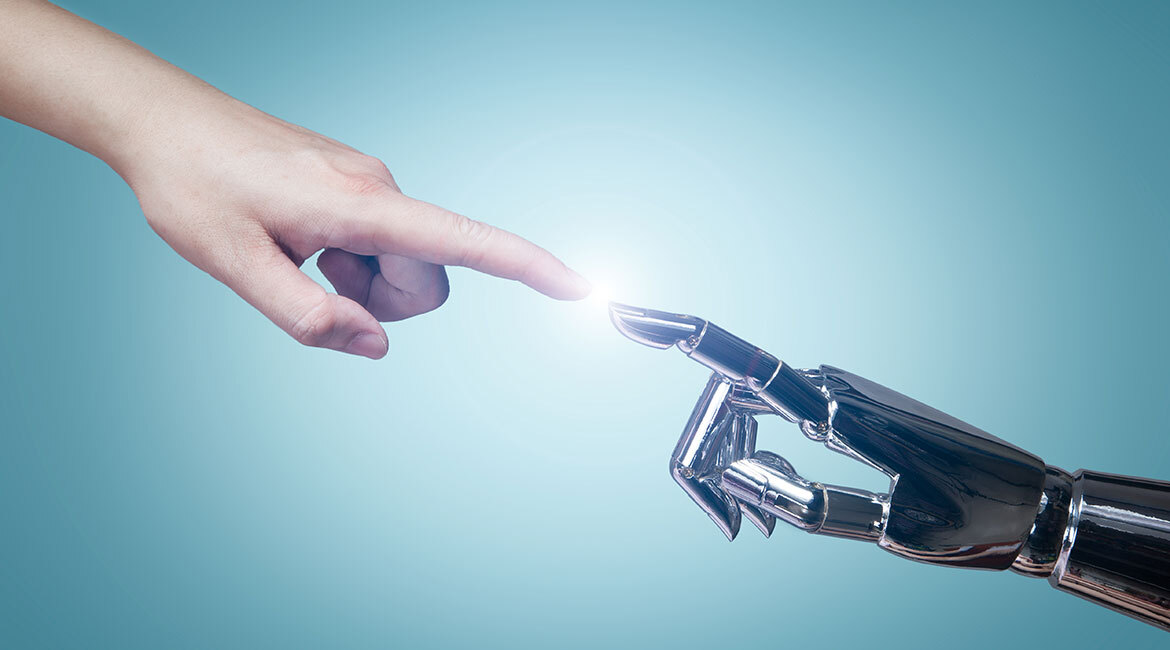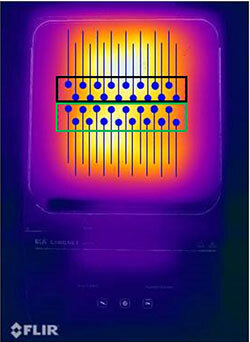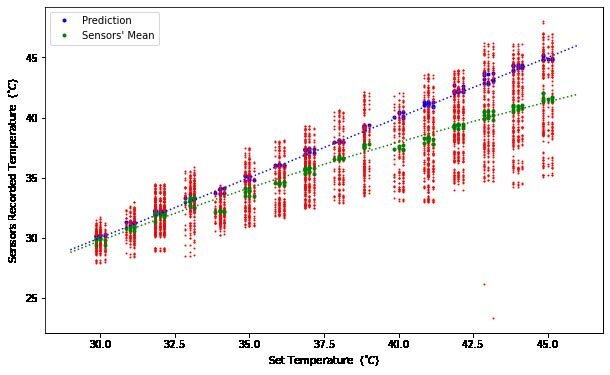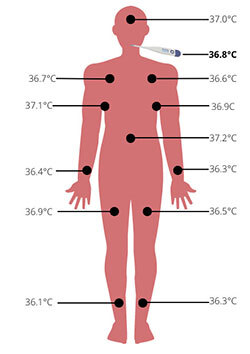Deep Learning for Sensor Performance Improvement

Purchased on Gettyimages. Copyright.
In coming years, artificial intelligence will transform the practice of most medical specialties. Deep learning can contribute to better problem detection and fewer diagnostic errors, because the algorithms can model and identify complex interrelation patterns in large datasets. By feeding a deep neural network with data from a low-cost, low-accuracy sensor array, measurement precision and accuracy can be significantly improved. Such an approach is a new way to obtain significantly better datasets from readily available low-cost sensors. Keywords: Artificial intelligence, deep learning, temperature sensors, sensor array, performance improvement
What Is Deep Learning?
Deep learning is a branch of automated machine learning. It often uses a neural network as an algorithm to make connections with the data it is given. The adjective deep refers to the complexity and depth of these networks, which comprise several layers. This type of algorithm is regularly used in several artificial intelligence applications, such as speech recognition and suggested content. The networks can identify patterns and trends in datasets, which allows them to make predictions and suggestions based on similar new data. For example, an algorithm may be able to differentiate between a cat and a dog in an image. In this case, it would have learned that a cat usually has triangular pointed ears, among other things.
Artificial Intelligence for Sensors

Figure 1: Diagram of the sensor array on the heating plate.
Emerging technologies are improving sensor manufacturing and artificial intelligence can also improve their performance. In our project, we started with an array of 32 low-cost commercial temperature sensors. Data were recorded from a hot plate in temperatures ranging between 30 ⁰C and 45 ⁰C, as shown in Figure 1. With the sensor array we collect data across width and height, rather than at a single point. By avoiding relying on readings from a single sensor, biases from potential manufacturing defects in the data can be significantly reduced. This yields better accuracies. But with AI, it gets even better—the neural network can evaluate errors in each sensor separately. It can learn sensor behaviour according to the temperature and offer a prediction superior to a mere averaged assessment.
Increasing Temperature Sensor Accuracy
With our 32 temperature sensors, all showing accuracy between 0.5 ⁰C – 2.0 ⁰C, we collected 800 data vectors. Each vector contains 32 individual sensor readings and is labelled with the specified hot plate temperature. The vectors were used to train our deep learning model (80% of the data) and to test its performance (20% of the data). For each hot plate temperature label, the algorithm studied the 32 sensor readings to better understand their behaviour. After a while, the model can predict the defined hot plate temperature from the sensors. These predictions are those tested with the 160 vectors for performance verification, with the algorithm knowing only the data from which it has been trained.

Figure 2: Temperatures indicated by the 32 sensors (*), their average value (*) as well as the model predictions (*) as a function of the temperature set on the hot plate. The blue dotted line indicates the target temperature.
Figure 2 shows the performance of our model. The red dots represent the temperatures recorded by the individual sensors. In a perfect world, there would be only the blue dotted line as the sensors would measure the defined temperature exactly. However, this is far from reality. As illustrated, the measured temperatures diverge greatly, even more so as temperature rises. The average temperature of the sensors, in green, also loses accuracy. However, notice that the predictions made by our model, in blue, always show exceptional accuracy, even when sensor performance decreases. This way, we can transform low-cost, low-accuracy sensors into a matrix accurate to one tenth of a degree.
Application Scenarios

Figure 3: Transferring our model to the human body
With these results, we are now investigating using this technology with printed sensors. We are currently designing a printable sensor array structure that will be tested with different types of ink. Then, there are several other applications we want to explore. If we compare this to our sensor array on the hot plate, we could replicate this array to a patient’s body. The sensors would not predict the plate’s temperature, but rather that of the human body. This way, it would be possible to monitor and follow the evolution of temperature continuously, rather than a few times a day. This would give us a better assessment of recovery, especially for burns, where temperature is a good indicator of skin regeneration. The sensors would also allow early detection of the first signs of wound infection.



